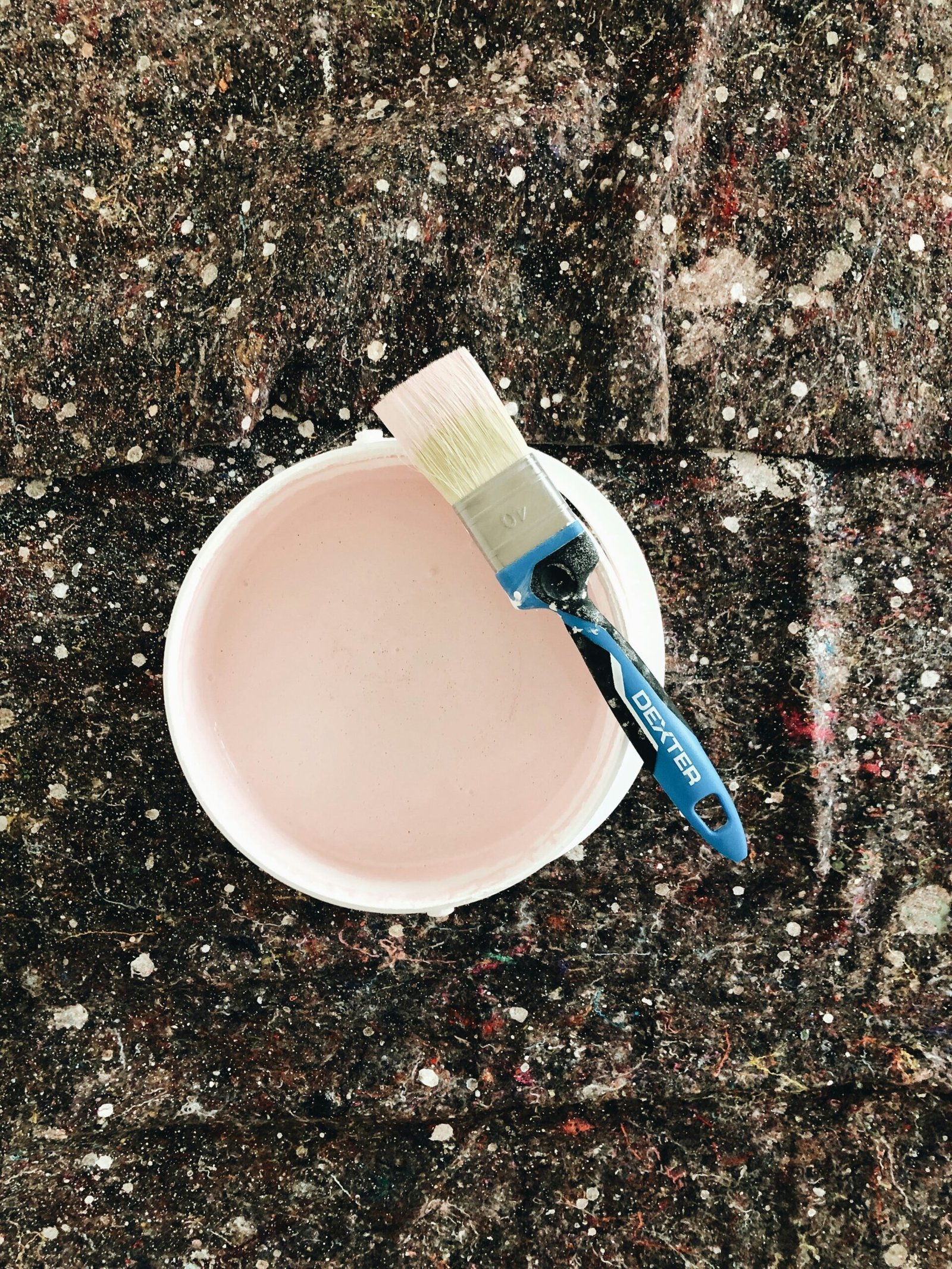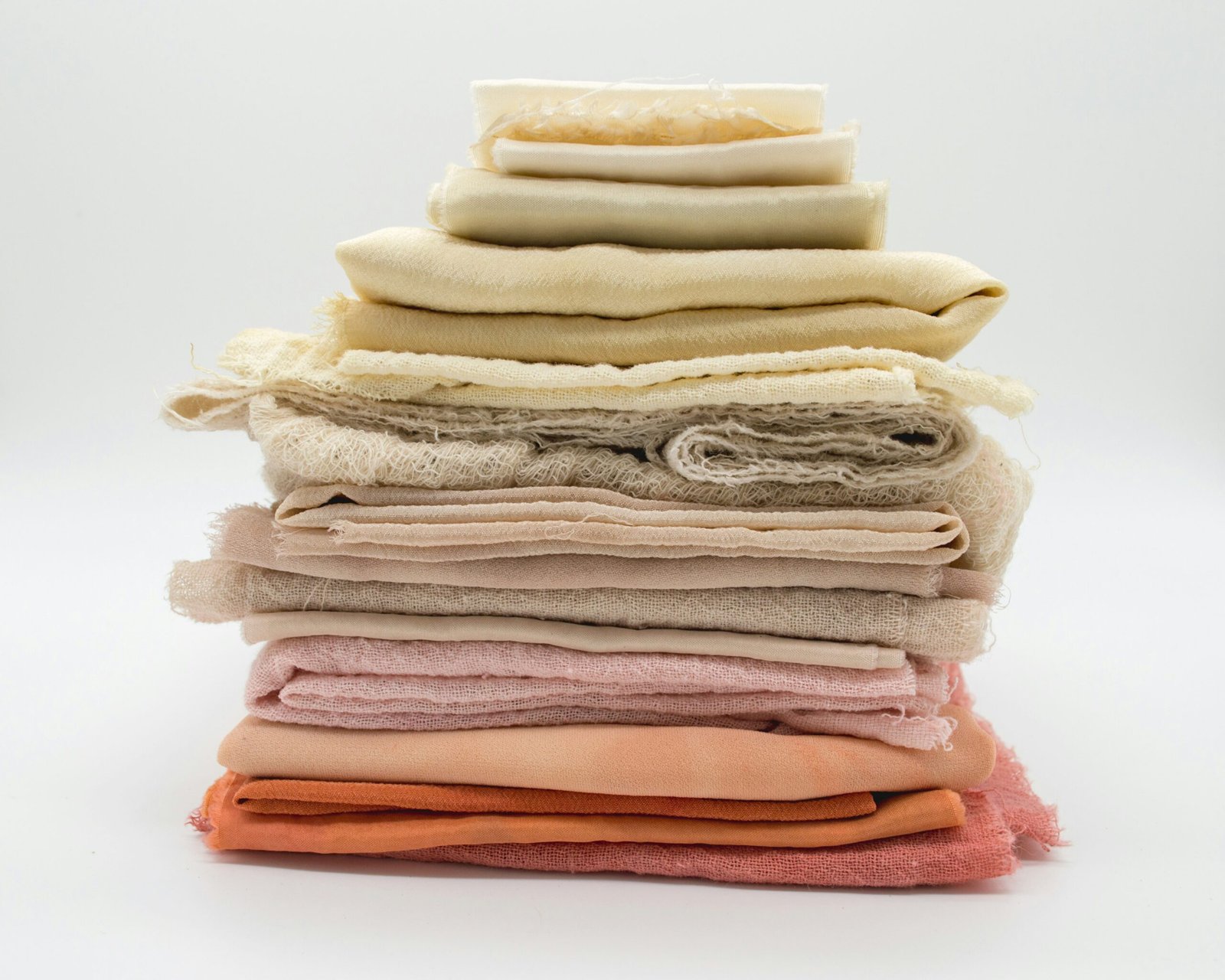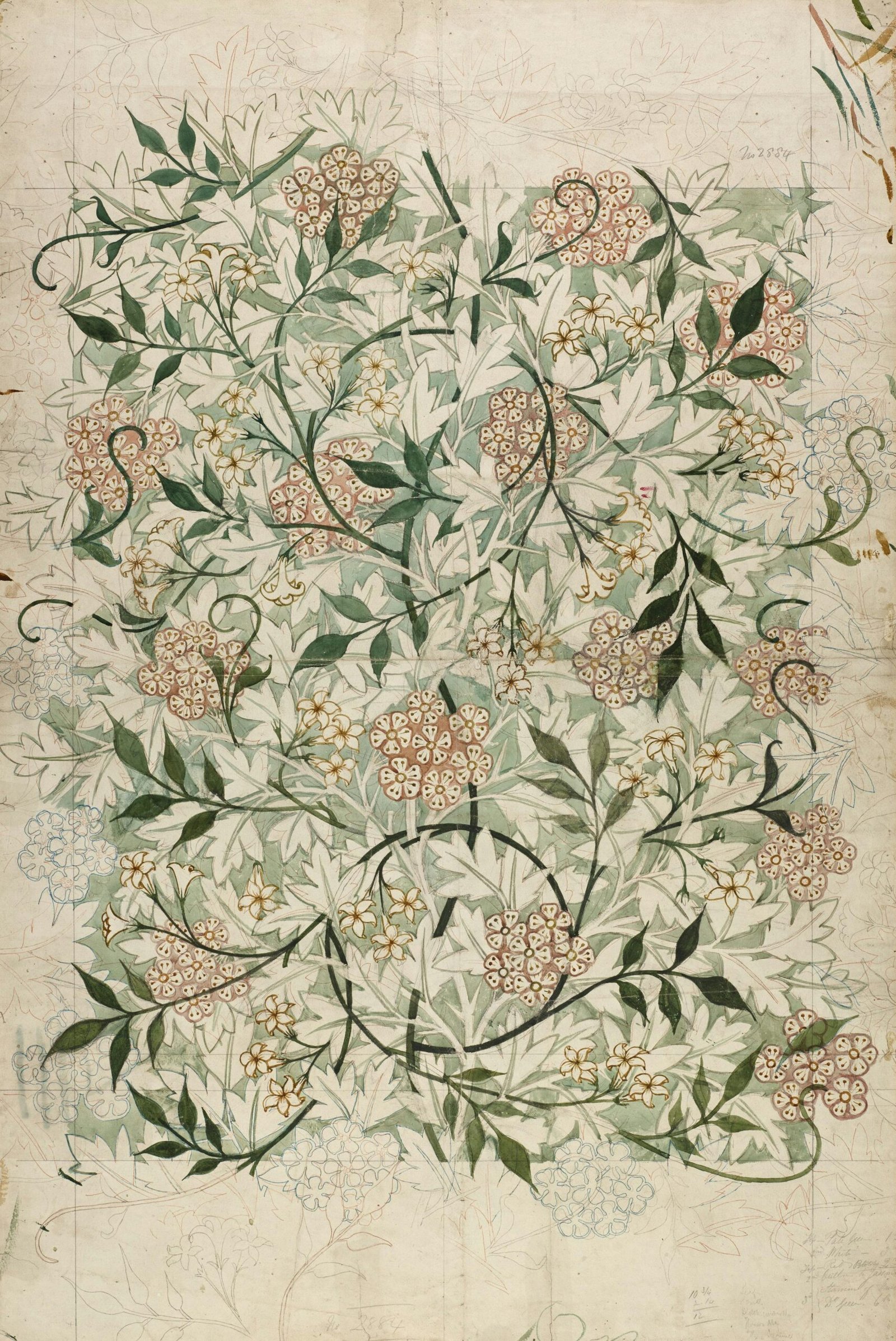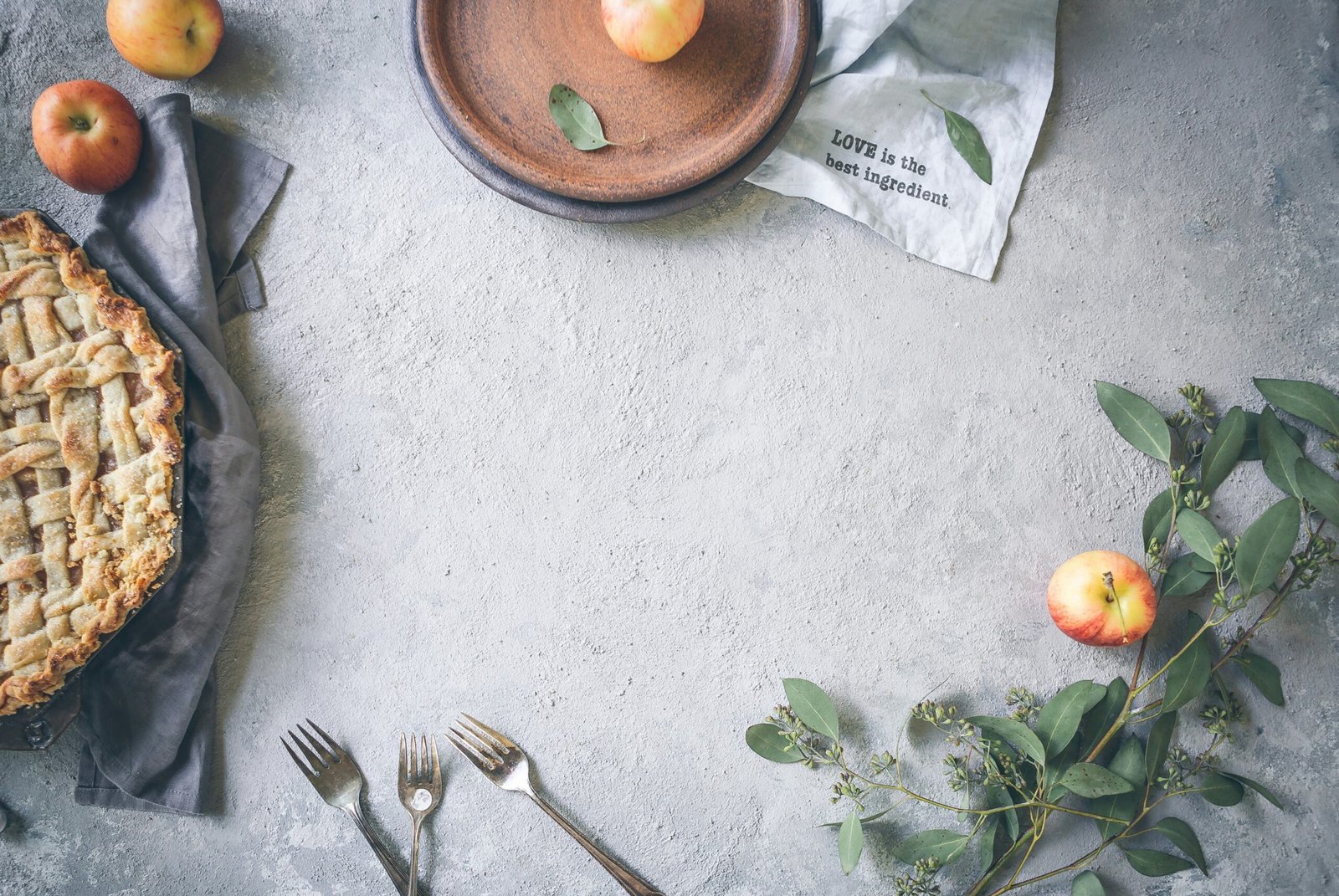Introduction to DIY Home Decor
DIY home decor, or do-it-yourself home decoration, encompasses a wide array of projects aimed at personalizing and enhancing your living space. One of the primary benefits of engaging in DIY home decor is the significant cost savings. Instead of purchasing high-priced, mass-produced items, you can craft unique pieces at a fraction of the cost. This approach not only helps keep your budget in check but also provides a sense of accomplishment and pride in creating something with your own hands.
The joy of crafting is another key advantage of DIY home decor. The process of designing, building, and decorating items allows for a creative outlet that can be both relaxing and rewarding. Whether it’s painting a canvas, building a bookshelf, or sewing decorative pillows, the act of crafting can be therapeutic and fulfilling. Furthermore, DIY projects enable you to create items that are unique to your taste and style, reflecting your personality in every corner of your home.
DIY home decor projects can vary greatly in complexity, making them accessible to everyone, regardless of skill level. Simple projects such as painting a wall, creating a photo collage, or repurposing old furniture are excellent starting points for beginners. For those with more experience, intricate tasks like building custom furniture or designing elaborate wall art can provide a satisfying challenge. The beauty of DIY is that there are no strict rules—only endless possibilities limited by your imagination and creativity.
Transforming your home does not necessarily require the expertise of a professional interior designer. With a bit of creativity, some basic tools, and a willingness to experiment, anyone can achieve a remarkable transformation. DIY home decor allows you to infuse your living space with personal touches that make it truly feel like home. The journey of crafting and decorating your own space not only enhances its aesthetic appeal but also fosters a deeper connection to the place you call home.
Essential Tools and Materials for DIY Projects
Embarking on DIY home decor projects requires a well-stocked toolkit. Having the right tools and materials not only simplifies the process but also ensures a professional finish. Below is a list of essential items that every DIY enthusiast should consider.
Hot Glue Gun: A hot glue gun is indispensable for quick bonding of various materials such as fabric, wood, and plastic. Its fast-drying nature makes it perfect for securing items in place without the wait.
Paint and Brushes: Whether you are refreshing old furniture or adding a splash of color to a room, a good set of paints and brushes is essential. Choose high-quality brushes to achieve a smooth finish, and opt for water-based paints for easy cleanup.
Scissors: A sturdy pair of scissors is vital for cutting a variety of materials including paper, fabric, and ribbon. Precision scissors are especially useful for detailed work.
Measuring Tape: Accurate measurements are crucial in any project. A flexible measuring tape ensures you get the right dimensions, whether you’re measuring a piece of wood or fabric.
Basic Hand Tools: Tools such as hammers and screwdrivers are the backbone of any toolkit. These are fundamental for assembling furniture, hanging decor, and performing minor repairs around the home.
In addition to these essentials, there are a few optional but highly beneficial tools and materials:
Sewing Machine: If you plan on making curtains, cushions, or other fabric-based projects, a sewing machine can save a lot of time and effort. It allows for precise stitching and durability.
Crafting Mat: A crafting mat provides a safe surface to cut and work on, protecting your furniture from damage. It also often includes grid lines for more accurate cutting.
Specialty Adhesives: While a hot glue gun is versatile, having a variety of adhesives such as wood glue, fabric glue, and epoxy can be extremely useful for specific materials and applications.
You can purchase these tools and materials from local hardware stores, craft stores, or online marketplaces. For those on a budget, look for sales or second-hand options. High-end versions of these tools can be found at specialty stores and can be a worthwhile investment for frequent DIYers.
Simple DIY Decor Ideas to Get You Started
Embarking on a DIY decor journey can be incredibly rewarding, especially with projects that are both beginner-friendly and impactful. One such project is creating custom picture frames. Start by selecting plain wooden frames, which can be found at most craft stores. Paint them in your chosen color, and once dry, add embellishments like beads, buttons, or fabric to personalize them. A tip is to use a hot glue gun for secure and precise application of decorations. Custom picture frames can add a personal touch to any room and make great gifts as well.
Another straightforward project is painting and distressing furniture. This technique can give a vintage charm to any piece. Begin by sanding the furniture lightly to create a smooth surface. Apply a coat of paint in your desired color and allow it to dry completely. Then, use sandpaper to lightly distress areas where natural wear and tear would occur, such as edges and corners. For a more aged look, consider applying a layer of dark wax. This project is ideal for updating old furniture and can dramatically alter the aesthetic of a room with minimal effort.
Making your own throw pillows is another easy and customizable DIY decor idea. Choose fabric that complements your room’s color scheme. Cut two squares of fabric to the size you want your pillow to be, allowing an extra inch on each side for seams. Sew three sides together, insert a pillow form or stuffing, and then sew the final side. For added flair, consider adding tassels or fringe to the edges. Handmade throw pillows can instantly refresh a sofa or bed, providing both comfort and style.
Designing wall art using stencils and paint is a simple yet effective way to enhance your living space. Select a stencil design that appeals to your taste and secure it to the wall with painter’s tape. Using a sponge or stencil brush, apply paint over the stencil, then carefully remove the stencil to reveal your design. This method allows for endless customization, as you can choose any color and pattern to suit your room. Wall art can serve as a focal point, tying together various elements of your decor.
These beginner-friendly DIY decor projects demonstrate how small changes can have a transformative impact on your home’s overall aesthetic. By customizing each project to fit your personal style, you can create a space that feels uniquely yours.
Inspiring Advanced Projects for the Enthusiastic DIYer
For those who have mastered the basics and are ready to delve into more intricate DIY decor ideas, advanced projects can offer both a rewarding challenge and a chance to make a significant impact on your home’s ambiance. One such project is building custom shelving units. This requires precise measurements, a good understanding of woodworking tools, and the ability to follow detailed plans. Materials needed include quality wood, screws, anchors, and finishes like paint or varnish. The result is a bespoke piece that adds both functionality and aesthetic appeal to any room.
Creating a statement wall with reclaimed wood is another advanced DIY endeavor that brings warmth and character to a space. Sourcing reclaimed wood can be part of the adventure, as each piece comes with its own history. Skills required include cutting, sanding, and arranging the wood in a visually pleasing pattern. This project not only enhances the visual interest of a room but also promotes sustainable practices by repurposing materials.
For those with a penchant for artistry, designing a mosaic tabletop can be an enriching project. This involves selecting and arranging small pieces of tile or glass into a cohesive design, then applying grout to hold everything together. Patience and an eye for detail are crucial, as well as the ability to work with tile cutters and adhesives. The end product is a unique and colorful piece that serves as a conversation starter.
Upholstering furniture is another advanced project that can completely transform a space. Whether it’s a chair, sofa, or headboard, this task involves removing old fabric, padding, and springs, and replacing them with new materials. Skills in sewing, stapling, and fabric manipulation are essential. The satisfaction of bringing new life to an old piece of furniture is immense, and the custom upholstered item can serve as a focal point in any room.
To successfully tackle these advanced DIY projects, it’s beneficial to take advantage of various resources for learning new skills. Online tutorials, workshops, and community classes can provide valuable guidance. Additionally, these resources can offer support and inspiration throughout the process. The sense of accomplishment from completing a complex DIY project is unmatched, making the time and effort invested truly worthwhile.



